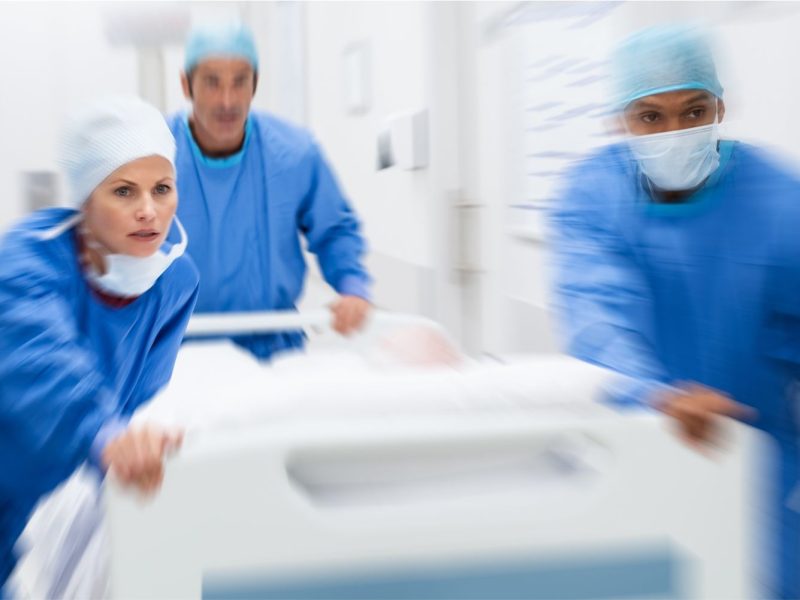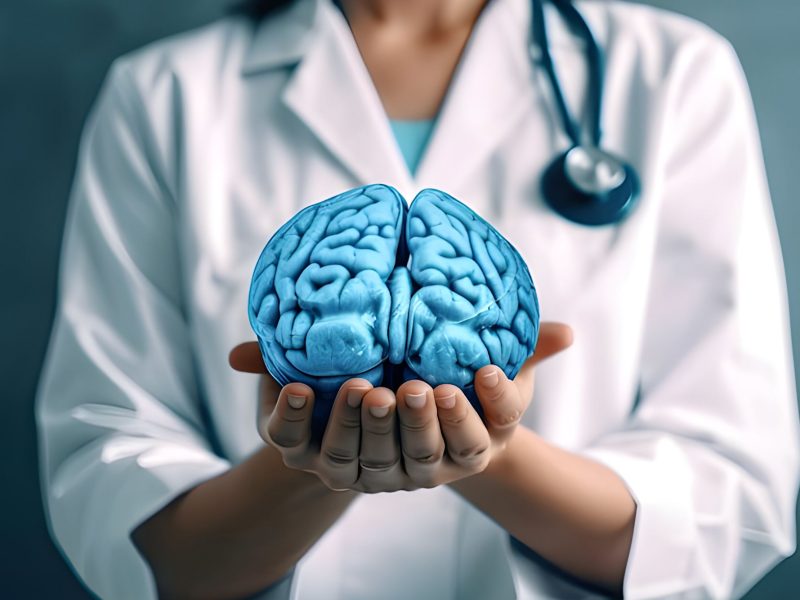What is a stroke?
Stroke, medically called a cerebro vascular accident, occurs in the blood vessel in the brain. The reason for the accident may differ but the result is the same- disruption of the blood supply to a portion of the brain.
Why a stoke happens.
Blood is pumped throughout the body through tube-like blood vessels. The large vessels from the heart branch out into smaller blood vessels that keep branching out into progressively smaller vessels till they reach the capillaries, tubes as thin as a strand of hair. Oxygen and nutrients pass into tissues and carbon dioxide and waste material pass from the tissues to the blood through these capillaries.
A stroke happens when blood supply is stopped in a part of the brain due to a blocked blood vessel (ischemic stroke) or a burst blood vessel (haemorrhagic stroke).
Here’s what happens during a stroke.
Blood carries oxygen and nutrients to every cell in the body. During a stroke the brain cells become weaker as they don’t receive oxygen and nutrients. This weakness increases till the cells lose their function and die, and it becomes impossible to revive them to reclaim lost function. The cells and the actions they controlled will be permanently lost.
The amount of function lost, or physical and mental disability, depends on the amount of area damaged in the brain. If the damage is minor or moderate, we can reclaim some, but not all, function through rehabilitation.
“There are many variations of passages of Lorem Ipsum available, but the majority have suffered alteration in some form, by injected humour, or words which don’t look even slightly believable.”
Melena Marshall
Doctor



